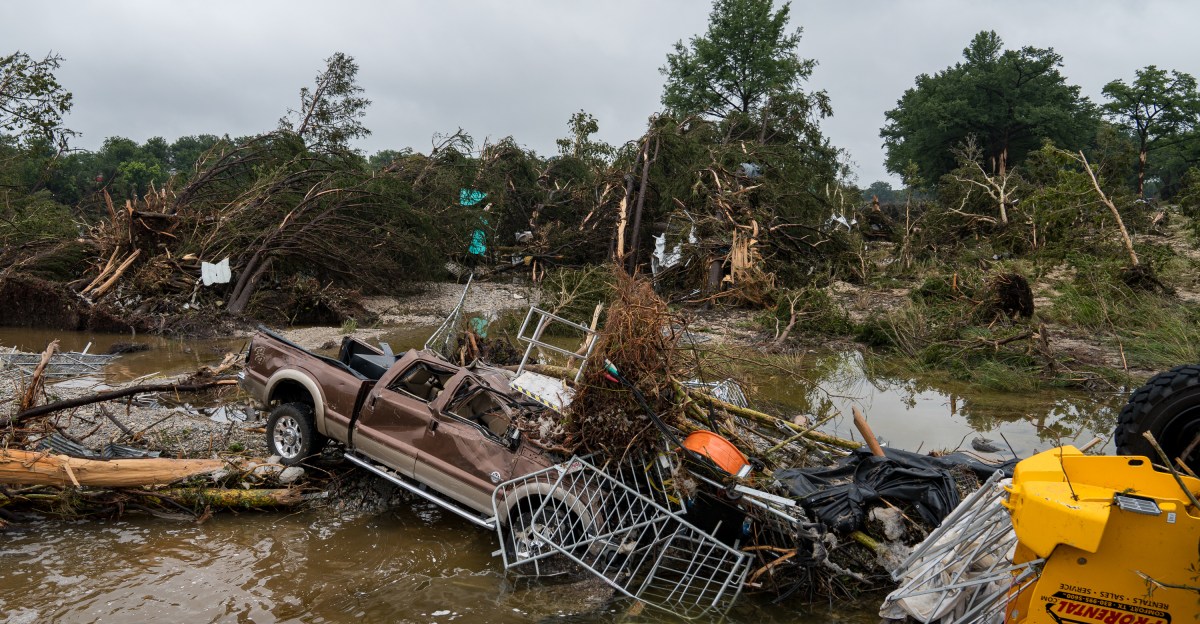Exploring the Future of Renewable Energy: Innovations and Impacts
As the global demand for sustainable energy solutions escalates, numerous nations are pivoting towards renewable energy sources. This shift, gaining momentum in 2023, aims to address climate change while ensuring energy security. Experts predict that the increased investment in solar, wind, and other renewable technologies will reshape the global energy landscape significantly.
The Growing Importance of Renewable Energy
The push for renewable energy has never been more urgent. In 2023, the International Energy Agency (IEA) reported that renewable energy sources accounted for nearly 30% of global electricity generation, a significant increase from previous years. This upward trend can be attributed to various factors, including technological advancements, government policies, and a growing public awareness of environmental issues.
Dr. Emily Carter, a leading energy policy analyst at the Global Energy Initiative, states, “The transition to renewable energy isn’t just an environmental necessity; it’s also an economic opportunity. Countries that invest in these technologies will not only reduce their carbon footprints but also create jobs and stimulate economic growth.” This sentiment reflects a broader consensus among experts who emphasize the multifaceted benefits of renewable energy.
Key Innovations Driving Change
Several groundbreaking innovations are propelling the renewable energy sector forward. For instance, advancements in solar panel efficiency have made it possible to generate more electricity with less surface area. The National Renewable Energy Laboratory (NREL) reported that new materials, such as perovskite cells, could boost solar panel efficiency to over 30% within the next few years.
- Energy Storage Solutions: Battery technology is rapidly evolving, with lithium-ion batteries becoming more affordable and efficient. These advancements enable better energy storage, making intermittent sources like solar and wind more viable for consistent electricity supply.
- Smart Grid Technologies: The integration of smart grids allows for better energy management, facilitating the efficient distribution of renewable energy and enhancing reliability.
Furthermore, wind energy is experiencing a renaissance, with offshore wind farms becoming a focal point for energy production. According to the Global Wind Energy Council, global offshore wind capacity is expected to reach 234 GW by 2030, up from 35 GW in 2020. This remarkable growth reflects not only technological advancements but also increased investments in infrastructure.
Challenges Ahead for Renewable Energy
Despite the promising outlook, the renewable energy sector faces several challenges. A significant hurdle is the existing reliance on fossil fuels, which still dominate the energy mix in many countries. For instance, the U.S. Energy Information Administration reported that fossil fuels accounted for over 60% of U.S. electricity generation in early 2023.
Moreover, the transition to renewable energy requires substantial upfront investments. According to the World Economic Forum, approximately $4 trillion annually is needed to meet global energy transition goals by 2030. This financial burden can deter countries, particularly developing nations, from pursuing renewable energy strategies.
Dr. Michael Thompson, a renewable energy economist, notes, “While the potential for renewable energy is vast, ensuring equitable access to these technologies is crucial. Without financial support and incentives, many countries may struggle to shift away from fossil fuels.” This highlights the need for international cooperation and funding to facilitate a smoother transition.
Global Perspectives on Renewable Energy Adoption
The response to renewable energy adoption varies widely across the globe. In Europe, countries like Germany and Denmark are leading the charge, having integrated high percentages of renewable sources into their energy systems. Germany, for example, produced over 40% of its electricity from renewables in 2022.
Conversely, regions rich in fossil fuels, such as the Middle East and parts of the United States, face unique challenges. These areas depend heavily on oil and gas revenues, which complicates the transition to renewables. However, some nations, like Saudi Arabia, are beginning to invest in solar and wind projects as part of their long-term economic diversification strategies.
Implications for the Future
The shift towards renewable energy has profound implications for global energy security, economic stability, and environmental sustainability. As more countries commit to net-zero targets, the demand for renewable technologies is likely to surge, creating new markets and job opportunities.
In addition to economic benefits, the environmental impact of transitioning to renewable energy cannot be overstated. Reducing reliance on fossil fuels will significantly decrease greenhouse gas emissions, contributing to global efforts to combat climate change. According to the United Nations, transitioning to renewable energy could reduce global CO2 emissions by over 70% by 2050.
Looking ahead, it is evident that collaboration between governments, private sectors, and communities will be vital. Policymakers must develop frameworks that support renewable energy investments while ensuring that the transition is equitable and inclusive.
Conclusion
The renewable energy landscape is evolving rapidly, driven by innovation and necessity. While challenges remain, the benefits of transitioning to renewable sources are clear. As we progress through 2023 and beyond, it is crucial for stakeholders at all levels to engage in meaningful dialogue and action to foster a sustainable energy future. For more information on how you can contribute to renewable energy initiatives in your community, visit local environmental organizations or government websites.



